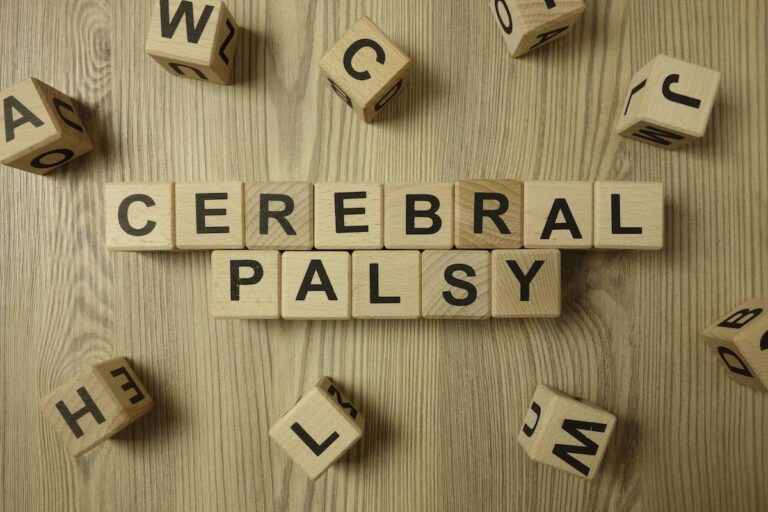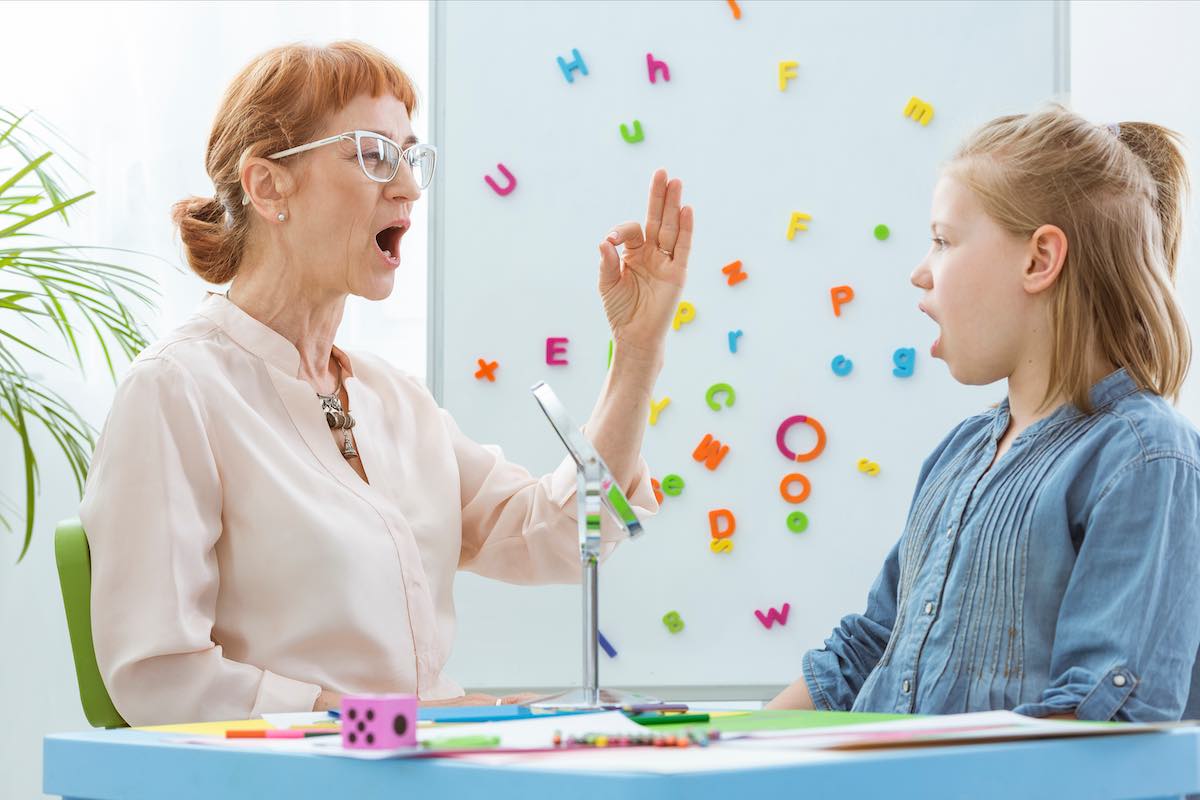
Call 24/7 for a FREE case evaluation
Call now (866) 393-4334

$100,000,000
in California case results
$20,000,000
in California jury verdicts
14
award-winning attorneys in network

Professional speech pathologists assess development and treat disorders, assisting with speech, language and swallowing difficulties. Successful speech therapy improves communication and muscle control, correcting chewing and eating problems, as well as drooling, sometimes affecting cerebral palsy patients.
Speech refers to the ability to make sounds, while language is concerned with understanding and communicating ideas. Speech therapists help cerebral palsy patients advance in both areas, guiding therapy to address the speech and language challenges of each patient.
Children’s speech and language development typically follows a pattern. Those with cerebral palsy may not progress as predictably – calling for speech therapy intervention. Speech problems include:
In addition to problems producing sounds, syllables and phrases, cerebral palsy patients may face language difficulties, such as:
Speech therapy has widespread benefits for cerebral palsy patients. Not only does the process improve communication interactions, but speech therapy can also be used to strengthen and improve facial and oral muscle control.
Dysphagia and oral feeding difficulties affect cerebral palsy patients in several ways. The condition can include problems chewing, swallowing, gagging, coughing and drinking. Maintaining healthy body weight and nutrition may present challenges for children with CP, including hydration concerns and questions about long-term physical development.
Feeding and swallowing therapy, conducted by trained speech and language pathologists, ensures physical challenges do not interfere with a child’s nutritional intake.
In addition to the needs on the patient, speech therapy accounts for parents, family members and caregivers. Symptoms of cerebral palsy are not consistent, so each family faces unique challenges; therapists seek their input before developing speech and language treatment plans. Successful therapy contributes to ease of care and reduces stress on caregivers.
Communication is the essential bridge linking patients and caregivers. Unfortunately, cerebral palsy sometimes interrupts a child’s ability to process, understand and respond in conventional ways. Speech and language therapy repairs the disconnect, helping patients express their needs more clearly and easing pressure experienced by parents, teachers and family members.
Speech therapy supports development in these areas:
As communication skills improve, cerebral palsy patients gain confidence and participate in a wider range of activities. Effective therapy supports cognitive and emotional development; reinforcing social skills and helping children with CP interact in diverse settings. Speech therapy may lead to progress in these areas:
Speech-language pathologists (SLP) are credentialed medical professionals with special communication training. The clinicians, informally referred-to as speech therapists, are concerned with language development, human communication and related disorders.
Before recommending speech and language exercises, an SLP conducts an assessment of each patient’s abilities and limitations. Drawing from various therapeutic techniques, a course of treatment is then constructed, with clear therapy goals in mind. Once appropriate intervention is undertaken, periodic review and testing furnish vital feedback – enabling speech pathologists to make adjustments to therapy.
Speech therapy employs various methods to address swallowing problems, increase oral-motor function, enhance understanding, and facilitate communication. Techniques are recommended according to the unique needs of each patient. Therapy may include:
WE’RE OPEN NOW
Our staff are standing by to help you find the perfect attorney for your case.

Published: 17 May 2022
AHRQ – Interventions for Feeding and Nutrition in Cerebral Palsy
Sutter Health – Helping a Person With Cerebral Palsy Eat
NIH – Cerebral Palsy: Hope Through Research